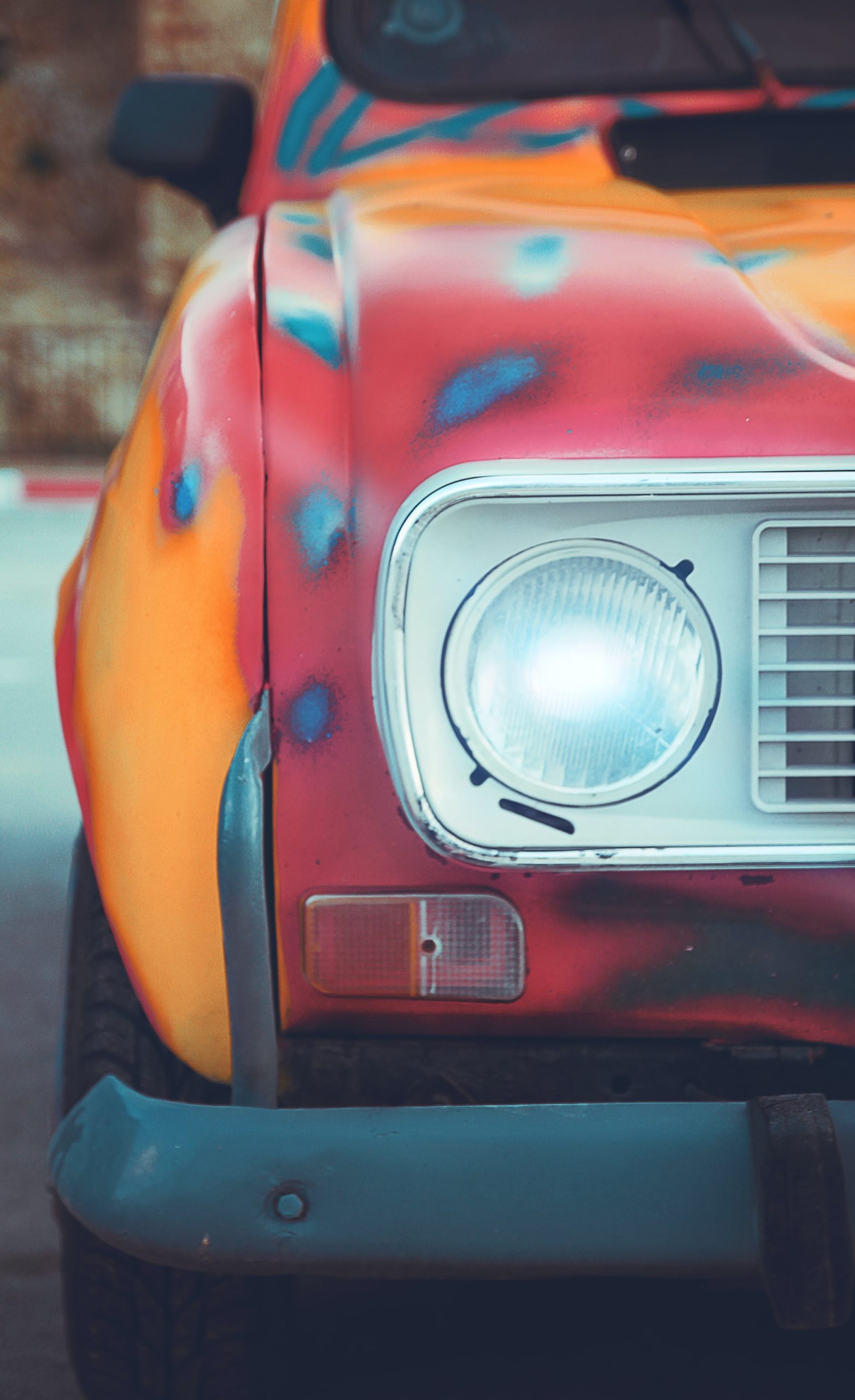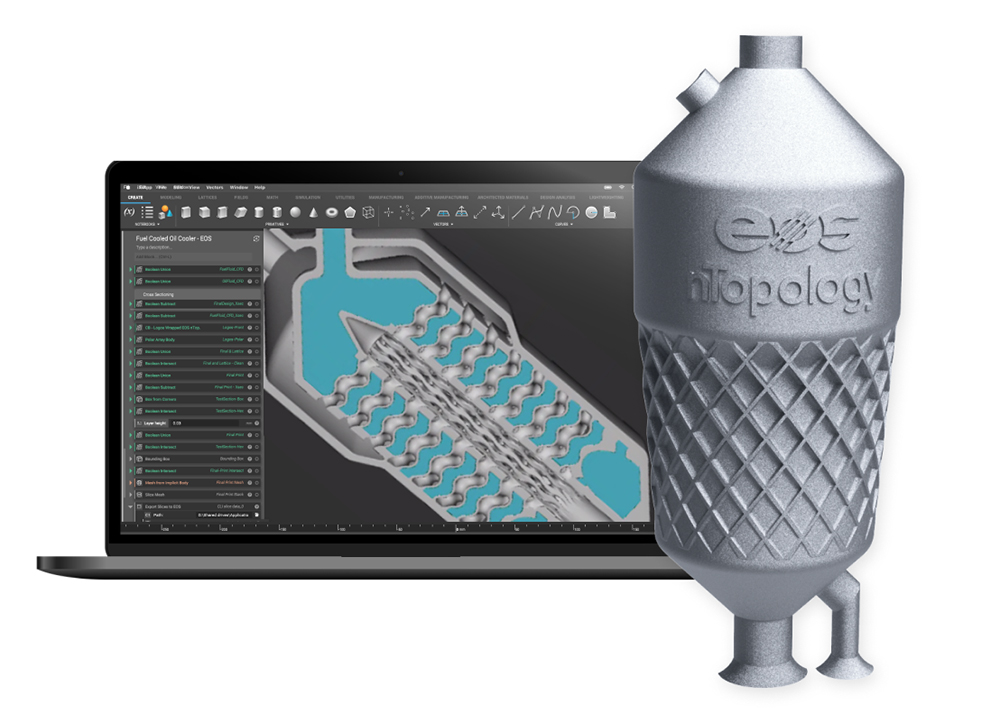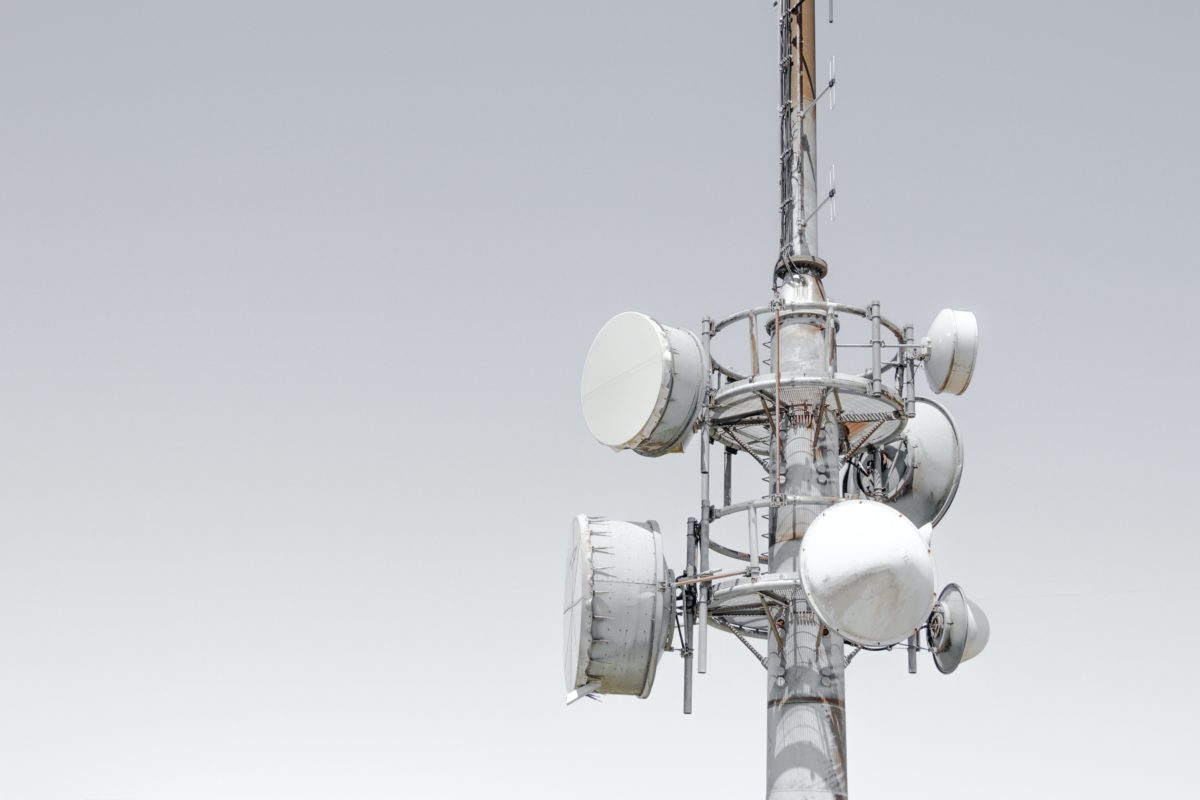Picture it: Saturday morning, you spoke to your motorhead neighbor, and he excitedly showed you the brand-new paint sprayer he bought. He even let you do a few quick swipes over his previously silver Mustang, transforming it into a deep, moody black. Later that weekend, he adds a clear coat, giving it a clean and shiny finish, and you have to admit, it looks good. It looks good until you get out to your car on Monday morning, ready to leave for work, and you notice a thin spray of black paint. The light wind on Saturday morning was just enough to carry overspray into your yard, clinging to everything it came across and effectively ruining your car.
So, what exactly is overspray? Overspray is any course particle that sits atop of the clear coat and embeds itself to a point where it cannot be washed away.
In some cases, your insurance may even cover the damage, by consulting the specialists at National Overspray Removal, you will be provided with an estimate after filling in some information on a quick and simple form.
Overspray isn’t necessarily painting; it can be anything from cement to debris from a natural disaster that is difficult to remove from your vehicle without damaging the existing paint job. Overspray also isn’t necessarily accidental; if someone were to vandalize your vehicle, it could still fall under coverage for overspray damage.
It is possible to remove overspray on your own, but none of these removal methods come without risk. You should be aware of the damages you can potentially cause to your vehicle. One of the most common household ways to remove overspray is by using a clay bar. This method can work well both on finished, painted surfaces, as well as car windows. However, if you choose to use this method, you need to be sure your bar of clay is clean and free of dirt and other residues that can cause scratches and further damage to the finish on your car.
If you’re feeling a bit more daring, you can employ a technique that requires you to scrape off the overspray. First, you need to wet a clean washcloth in a vinegar and water combination; make sure it’s wet but not overly saturated. Use the rag to rub over the splatter lightly, some may come off, but it will not completely clean the surface. Next, you will need to soak another rag in warm, soapy water, which will hopefully help in protecting the clear coat. Now, it is time to start scraping!
If you are uneasy about taking this on all by yourself, there are professionals who can take care of it for you. Their methods of removal will cause no harm to the existing paint on your vehicle; in fact, it may even improve the look of the finish.
Some of these removal companies will even come to you. There is no need to stress over your tarnished car any longer. The entire restoration process typically takes about 2-4 hours, so you most likely will not need to spend the extra money on a rental vehicle or burden your family and friends with chauffeuring you around.
If you have found yourself in this situation, relax and remind yourself that it doesn’t need to be made more difficult. So, go ahead and talk to your insurance company, weigh your options and decide which method of removal you are most comfortable with, and if necessary, enlist in the help of professionals. Before you know it, your car will be looking better than ever before.





